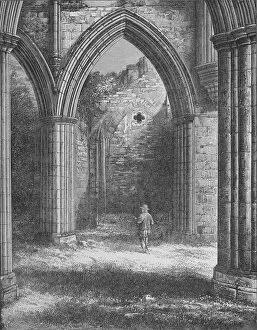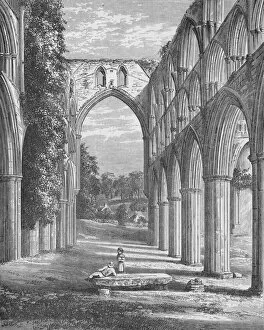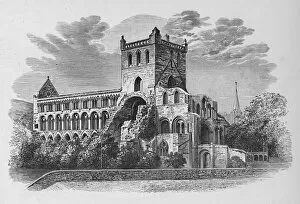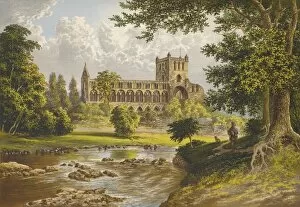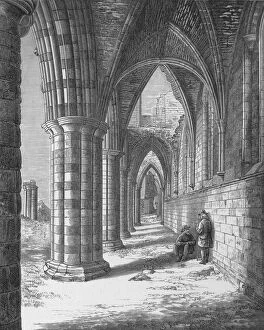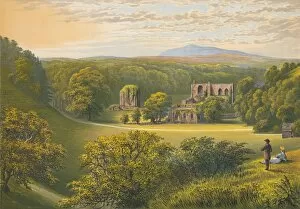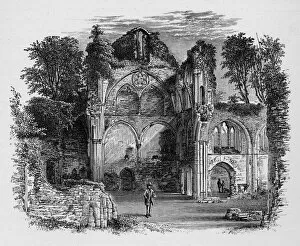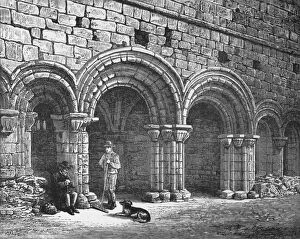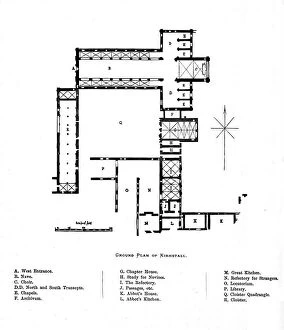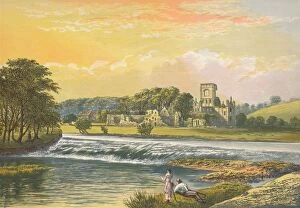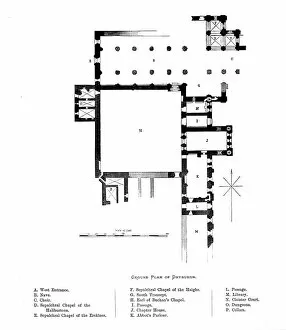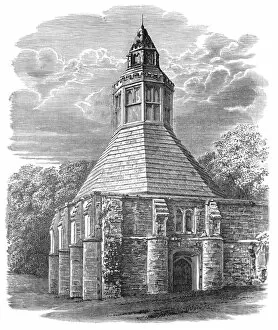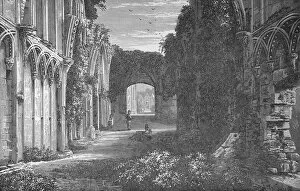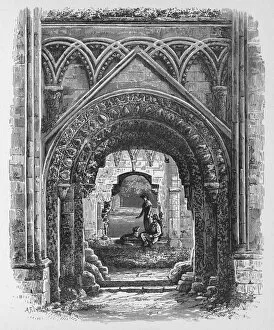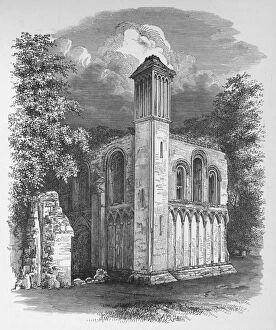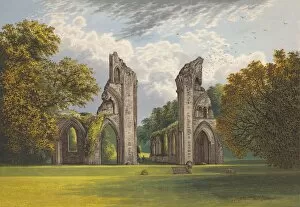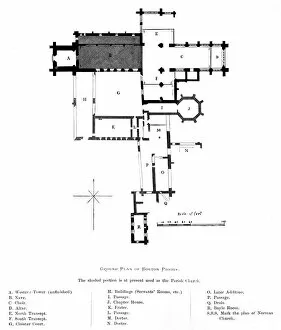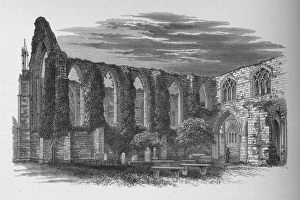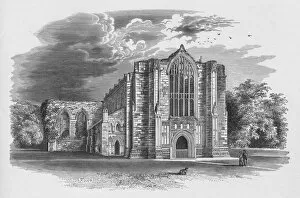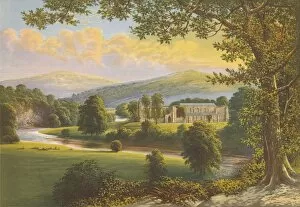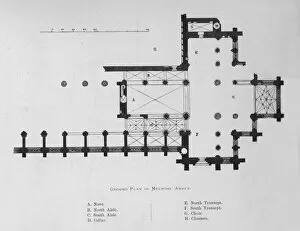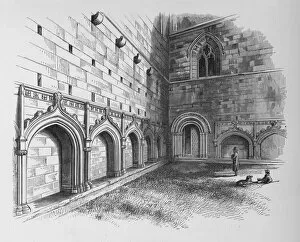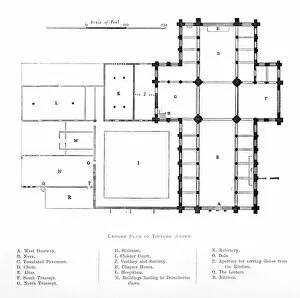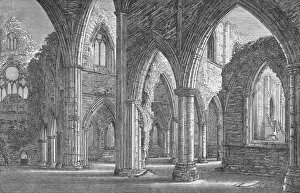Mackenzie Collection (#8)
"Mackenzie: A Journey Through Time and Places" Step into the past with Mackenzie, as we explore various iconic locations and moments that bear this name
For sale as Licensed Images
Choose your image, Select your licence and Download the media
"Mackenzie: A Journey Through Time and Places" Step into the past with Mackenzie, as we explore various iconic locations and moments that bear this name. From the historic Augusta National Golf Club House in 1943 to the enchanting snow-covered Police Public Call Box in London, each hint unveils a unique facet of Mackenzie's story. Immerse yourself in serenity at the Church of the Good Shepherd or witness the artistry of Five Famous Conductors in Silhouette. The enigmatic Police Public Call Box reappears, reminding us of its timeless allure amidst London's wintry landscapes. Delve into T Mackenzie's Scheherazade, an opus that transports you to distant realms through its captivating melodies. Feel your heart race as athletes compete fiercely while Throwing the hammer at Braemar Highland Games or during the exhilarating Public Schools Championships at White City. Discover historical cartography with a Map of Prussia from c1872, created by an unknown mastermind. Marvel at architectural grandeur with glimpses into Augusta National Golf Club House circa 1935 or Oppenheim from c1872 by E I Roberts. Nature beckons us too; Kellands Pond near Twizel invites tranquility amidst South Canterbury's stunning Mackenzie District on New Zealand's South Island. Mackenzie is not just a name but a tapestry woven across time and places—a journey filled with intrigue, beauty, and cultural significance. Join us as we unravel these fragments and celebrate the rich heritage behind this evocative moniker.

